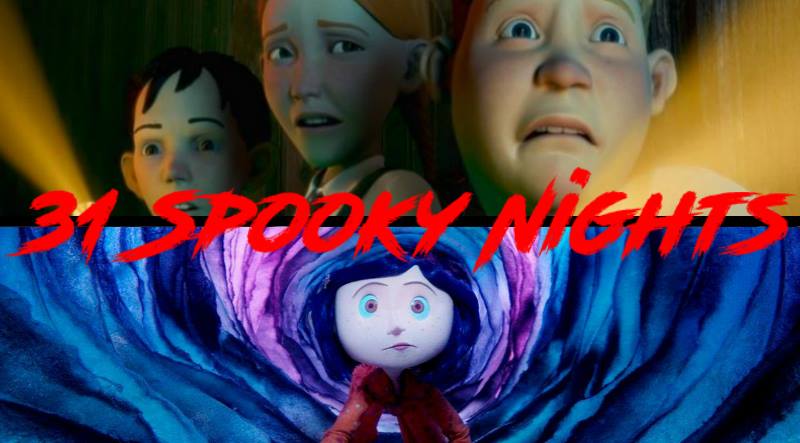
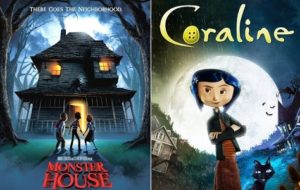 Monster House – Never go to Nebbercracker’s house. The horrible old man will take anything that touches his lawn and threaten worse than bodily harm to trespassers. But why? When DJ and his friends end up inside the house to take back something that belongs to them, they discover that Nebbercracker wasn’t who – or what – they should be scared of.
Monster House – Never go to Nebbercracker’s house. The horrible old man will take anything that touches his lawn and threaten worse than bodily harm to trespassers. But why? When DJ and his friends end up inside the house to take back something that belongs to them, they discover that Nebbercracker wasn’t who – or what – they should be scared of.
Coraline – When Coraline is moved to an old house, she’s bored and neglected by her parents but adventure calls when she finds a hidden door with a bricked up passage. During the night, she crosses through and finds a parallel world where everybody has buttons instead of eyes and is the Other of who Coraline knows. All her dreams come true in this world, but will she stay when she learns of what she needs to do to belong in this Other world?
Amelia: There are two people behind childhood happiness, and no, it’s not mom and dad. It’s Steven Spielberg and Henry Selick. Spielberg did half the cartoons you watched as a kid and half the movies too. And people often think that Tim Burton is behind the dark stop motion films kids go crazy for, but all the ones you’re currently thinking of (Nightmare Before Christmas, James and Giant Peach, and Coraline) are actually Henry Selick. So first things first, you clap or salute or sacrifice a blood offering to Henry Selick and his little clay figures and Steven Spielberg and his money because these two things are what make childhoods!
Billy: It’s been a dark month from our perspective of watching horror films every night. Now that we’re past the midpoint, we really wanted a bit of a break from doom and gloom, and so taking a one-night-only jump over to some kid’s Halloween movies felt right. They’re still spooky, alright? And we tried to pick two of the really great ones for you, not only because we already owned them on DVD. Monster House is kind of an underrated gem in my mind. Coraline has Henry Selick and Neil Gaiman behind it, so while underrated is a word that would never really begin to touch it, it’s obviously something great you should be watching.
Amelia: And now, after all that praise, that next logical step is totally bashing the things I just praised! Well, not really bashing. It’s just that, while I understand what they were going for with Monster House, I don’t personally feel they hit it. The story is solid, the characters are solid, the animation is reminiscent of stop motion clay figures, and yet this movie has only ever been on the back ground noise level of movie viewing for me. I think maybe it’s because I’d love to see it as a full-blown, adult horror movie but have to make due with a PG-13 kid’s flick. Just imagine Steve Buscemi barrelling at you threatening to kill you instead of just a character he’s voicing. That there is some scary shit!
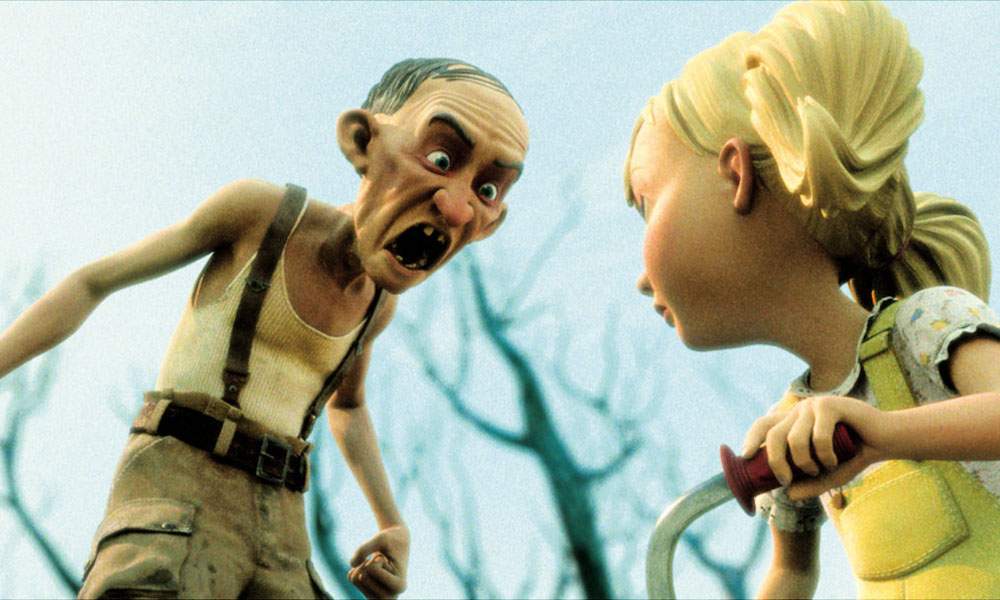
BUT, just because I’m not a huge fan doesn’t fan Monster House doesn’t do what it does well. C’mon, Spielberg rarely attaches his name to terrible things! *prays to god that you don’t mention the Transformer movies and disavow my point* And based on how I feel a child would react to the frights in this movie, it succeeds in that regard.
Billy: I was shocked when I learned Monster House was CG animated and not a claymation feature. Seriously, great job to those in charge of the motion-capture process on this film for making the end product feel so much like real physical movement.
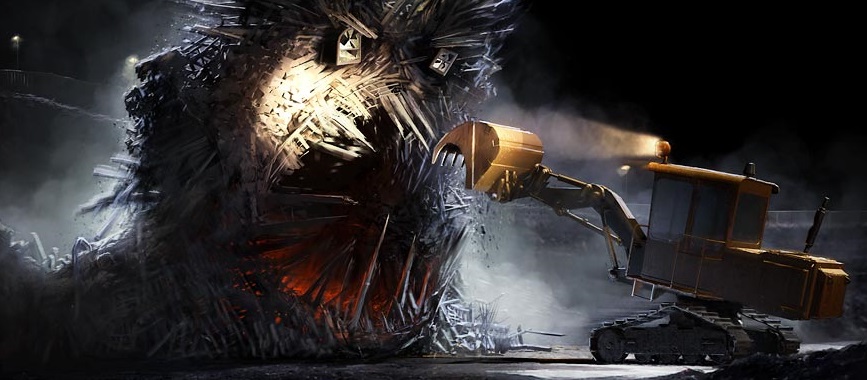
We all have stories of that one neighbour nobody would mess with. If you lost a ball in their yard, it was gone. Growing up, it was almost like a rite of passage. I remember this trope in movies like The Sandlot, but it’s also one I actually lived. I still remember the day Mr. Little told us off for walking on his grass after we cut across his front lawn one day. He actually came into our back yard and yelled “you kids stick to the rules!” as he wagged his finger. I was terrified. Probably because it was the only time I ever saw him before or since. Other than that he was just a name: a warning.
This movie surprised me by going dark early on with DJ venturing into Mr. Nebbercracker’s yard and actually watching him die as he has a heart attack and falls to the ground. He comes back later, but the implication that a man has actually died in front of us has lasting effect. This is followed up by the apparent death of a dog and two cops who underestimate the house’s power. Seriously, these are characters who in no way are implied to have survived. These characters are actually shown to have survived during the end credits, but it’s the impact of their early disappearance that really sets a darker tone to this movie and allows the audience to feel real danger for DJ, Chowder, and Jenny. I went to this movie for a break, people! And on my first viewing, the body count got as high as four! In the immortal words of Rizzo from Muppet Treasure Island:
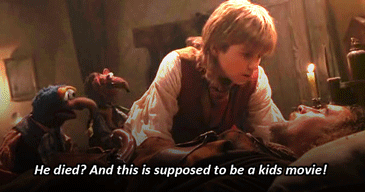
Being a spooky movie is more than having a body count, though. It’s about what atmosphere it sets up about the world around the characters. The actual haunted house in this movie is trippy. Personified as being haunted by the spirit of Mrs. Nebbercracker, it has a surreal mix of biological architecture that really makes it dangerous and stand out among a throng of other villains. Potentially the biggest victim of the house is Mr.Nebbercracker himself. Spending years going against his nature to ward off kids from the house to protect them, this once bright and spry young man is old and completely alone. This is a man struggling with an abusive relationship. Am I reading too much into this film? Oh God, I hope so. That’s what a good kids film should do. Be welcoming and adventurous on the surface, but keep a really strong message such as this boiling underneath the surface.
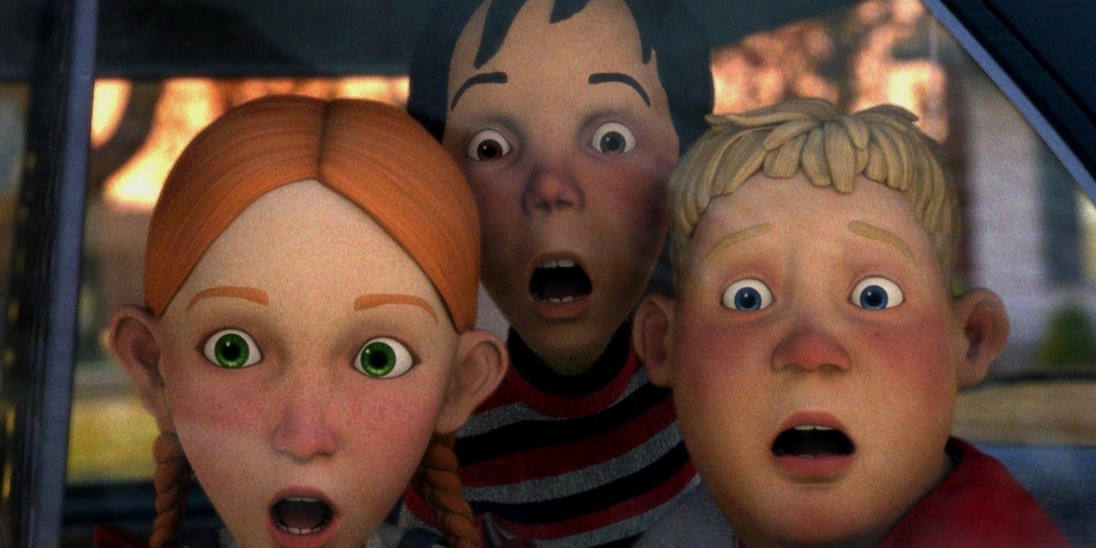
Amelia: Oh Coraline, so cute and yet so creepy. An excellent mix, might I say. There’s something so special about stop motion movies. It takes such a huge amount of work for so little payoff. I mean, a week’s worth of slightly moving little clay figures for six seconds of animation or knitting tiny clothes on tiny needles–that’s insane! That’s literal madness! With so much work going into them, it’s no surprise that every detail is thought through and planned before going into motion (pun intended). Imagine if every movie got the details of a stop motion film put into them. I feel like there would never be a bad movie.
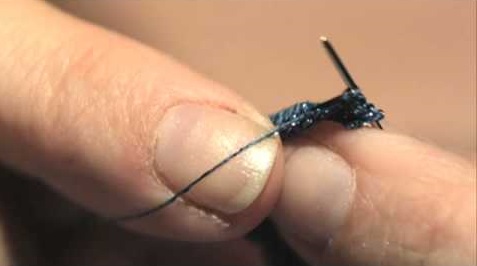
I love the ‘be careful what you wish for’ storyline when dealing with characters that are kids. The selfish way wishes are just demanded more and more until it comes back to bite the wisher always works better for kids than adults. It feels like adults just survive the ordeal, but children actually learn from it. Coraline definitely learns from her experience with the Other Mother where, comparatively, I probably would have stuck around to watch the jumping mouse circus some more!
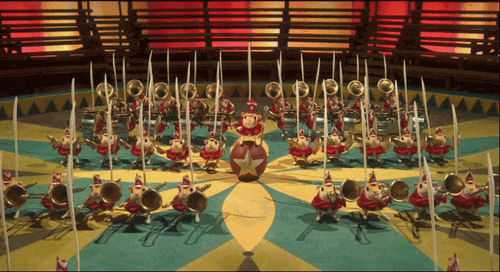
My one complaint with Coraline is the casting of Dakota Fanning as the lead voice. Now this is a personal gripe as I’ll never understand how this annoying little troll gets any work at all, so take it with a grain of salt. But besides this one thing, Coraline definitely continues Henry Selick’s astounding stop motion children’s movies career!
Billy: Neil Gaiman wrote Coraline as a novel in 2003 before this Henry Selick adaptation came out in 2009. Taking a peek at the cast list before really settling in to watch it, I’ll admit I got way too excited seeing Jennifer Saunders and Dawn French in the cast list, and I spent much of the early runtime anticipating Keith David as the cat. A huge studio production with top notch talent and genuine stop-motion, I was expecting big things from Coraline. What I actually got was a smaller tale, but it still had that spooky atmosphere I was looking for, with spiderwebs, rats, and those supernatural treats that I love.
Coraline excels at creating imagery that’s a macabre mix of ordinary and alien. I love the way the Other Mother subtly transforms through multiple appearances from a carbon copy of Coraline’s mother to something truly horrific, and how multiple trips through the hole in the wall changes her perspective on both sides of the space. It was only a few months ago that Stranger Things showed us the horrible repercussions of exploring beyond the boundaries of dimensions. Coraline gives another, more plush take on interdimensional terror that’s just as effective.
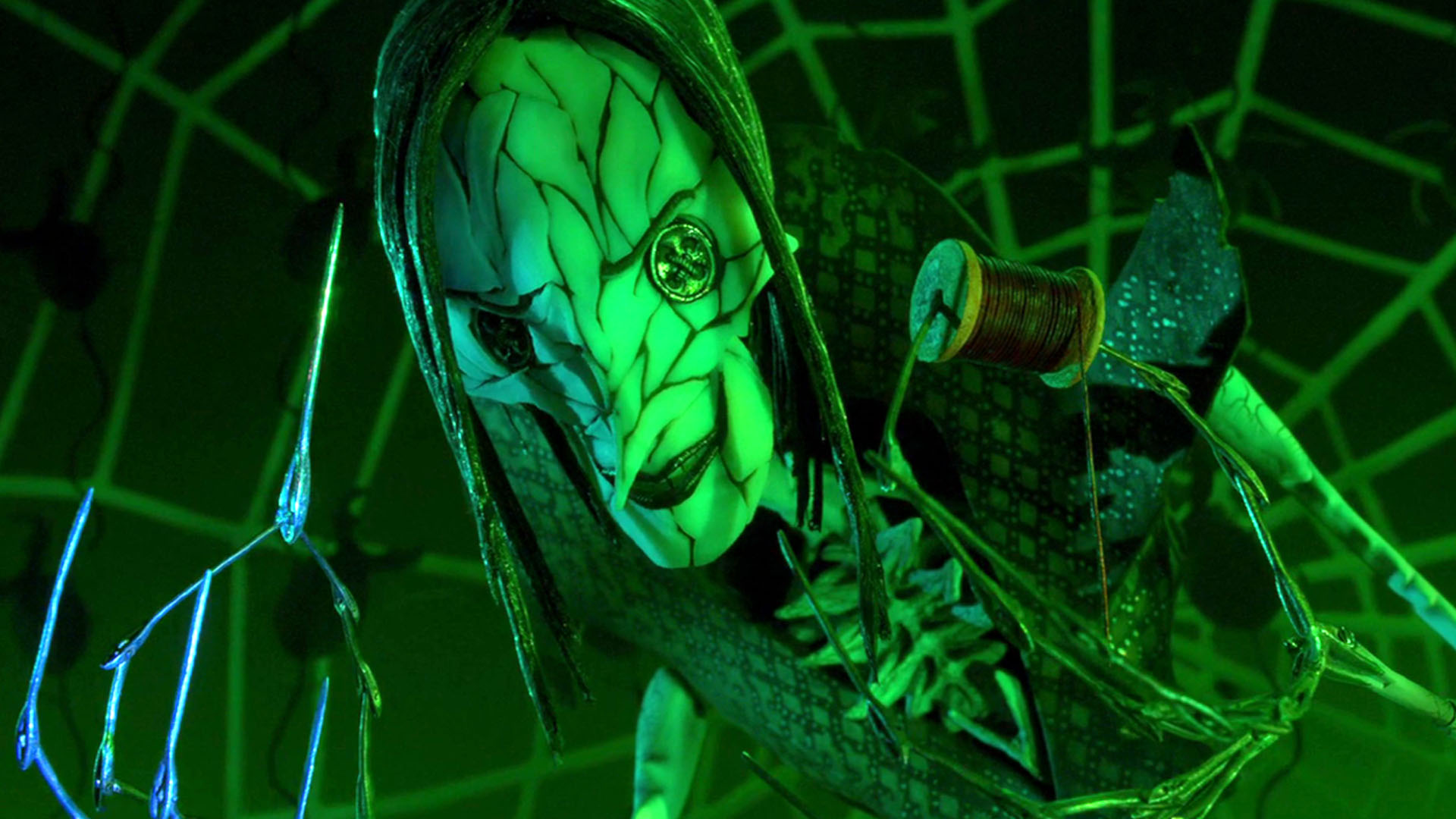
Gaiman stories always have that very British characteristic of combining childhood whimsy with melancholy, and there’s plenty of that here. Coraline, for instance, has a perfectly good set of loving and supportive parents, but they always seem busy and her mother is just a too little cold and removed to really make her feel fulfilled. There are austerity measures in place in the house that implies a low income bracket, seen in small moments like her parents not being able to provide the meals Coraline wants or not being able to buy her a simple pair of mittens on a shopping trip. Even the neighbors, although rich in personality, are not those you would consider to be swimming in conventional wealth. This drives Coraline to fall headfirst into the fantasy of having everything she wants. It’s a classic conflict that Gaiman would again explore in The Ocean at the End of the Lane, but there’s never any magical inheritance or winning lottery ticket to save the day. The disconnect between the perception of a child and realities of an adult is solved in Gaiman’s stories by understanding and acceptance, and maybe just a little bit of growing up.
The last half of the movie really feels like a video game the way in which Coraline has to find the three lost souls in each area of the fantasy world. You can even argue each of these areas has a “boss” that has to be fought. I don’t mean this as a negative at all. In fact, I think it’s a super smart way for the film to connect with a modern audience. Allowing children to understand the structure of a fable is crucial to their engagement with the story. We watch as Goldilocks checks all three bowls, for instance, and can predict what’s going to happen next when Goldilocks ventures into the sitting room after she’s had her porridge. The deeper themes and realities of the film can appreciated by all ages.
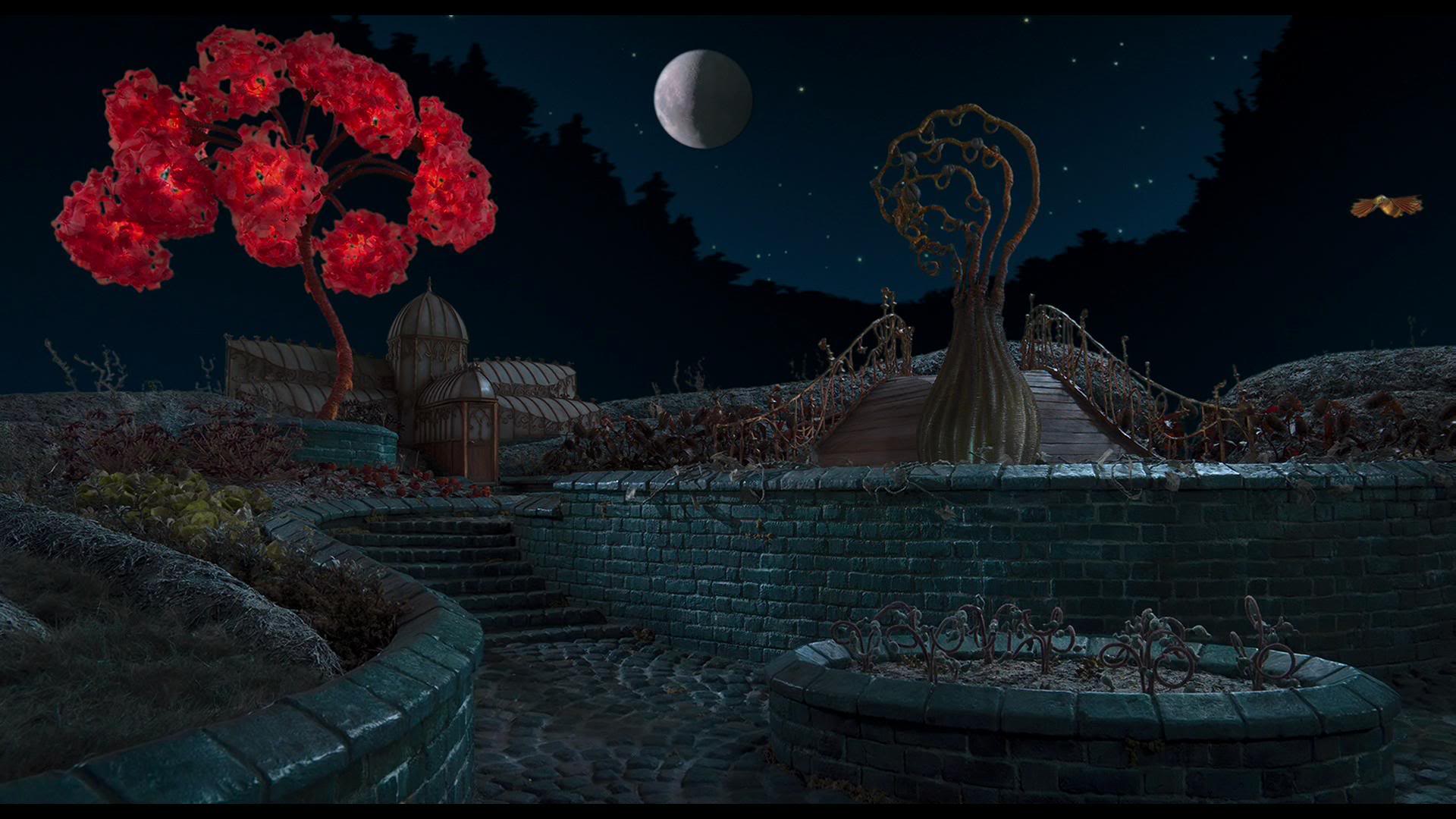
Spooky Verdict
Amelia:
Five Steve Buscemis out of ten for Monster House










Seven and a half buttons out of ten for Coraline










I’ll be honest, Monster House isn’t my favourite of Spielberg’s and Coraline isn’t my favourite of Selick’s; but me preferring Nightmare Before Christmas (like the Halloweentown, Hot Topic whore that I am) and Tiny Toon Adventures (like the constantly nostalgic 90s fool that I am) doesn’t mean these aren’t top-notch, chilling children’s movies! And don’t let the ‘children’s’ tag throw you, these are creepy, fantastical joyrides for any age viewer.
Billy: Seven Steve Buscemis out of ten for Monster House










Eight buttons out of ten for Coraline










Kids deserve Halloween movies too. This was kind of a last minute switch out, but I’m actually so glad we included a night like this alongside all the genuine chills that have kept me up at night. The scary neighbour or trading in your parents are topics that play out constantly in a kid’s mind, yet we often forget about these fears and anxieties as adults. It’s great that these movies exist for them. I’m a sucker for genuine stop-motion and interdimensional travel, so I had a ball tonight. Looking back, I don’t actually know if Coraline qualifies, but it has the aesthetics and quality to let it slip into our list. If you’ve been marathoning movies like Nightmare on Elm Street and Paranormal Activity this October, maybe take a break and check some of these films out too.
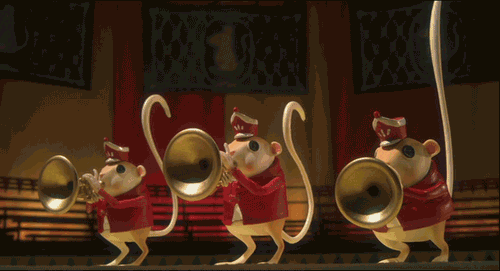


![[REVIEW] ‘THE OWL HOUSE’ SEASON 2 PREMIERE](https://geekd-out.com/wp-content/uploads/2021/06/0B27FFF3-1AA9-42F8-A0DE-DC27942BCB56-150x150.jpeg)
